’Japonisme’: Toshiba Gallery of Japanese Art reopens at the V&A
The V&A’s Toshiba Gallery of Japanese Art, originally opened in 1986, has re-opened after a six-month refurbishment programme. The new-look space will exhibit 550 works, a mere fraction of the 40,000 pieces in the permanent collection.
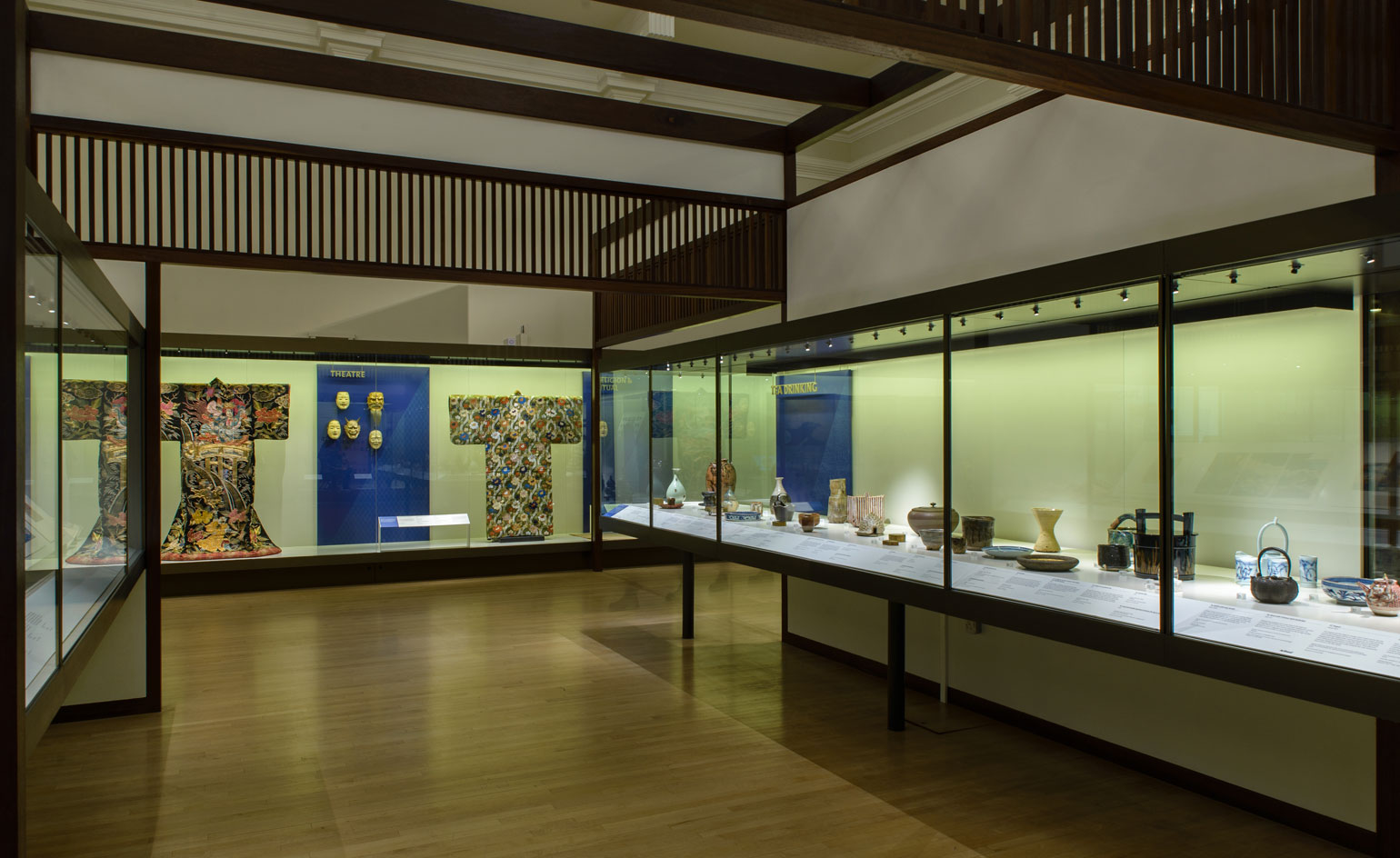
The V&A’s Toshiba Gallery of Japanese Art, originally revealed in 1986, has re-opened after a six-month refurbishment programme. The new-look space will exhibit 550 works, a mere fraction of the 40,000 pieces in the permanent collection.
The gallery retains the Stanton Williams-designed wooden building-within-a-building, a nod to traditional Japanese architecture, but the lighting and internal fabric has been updated. The redesign has taken into account the changing nature of the collection, which now includes pieces of interior and product design, fashion, electronics, photography and graphics as well as crowd-pleasing Samurai armour and kimonos, ceramics and lacquer work.
Works on display include a selection of Naoto Fukasawa-designed mobile phone; Sony’s first Walkman, launched in 1979; a Hello Kitty rice cooker; an origami inspired outfit from Issey Miyake; Noritaka Tatehana’s high-heels-on-a-plinth; Shiro Kuramata’s Cabinet de Curiosité from 1989; and BCXSY’s lovely folding screen from 2010.
The strength of the V&A’s collection of Japanese art and objects is partly down to timing. 'Japonisme', a craze for all things Japanese, was all the rage amongst the metropolitan elites of Paris and London when the museum opened in the mid-19th century. But, as the gallery makes clear, even as our fascination has waxed and waned, the Japanese capacity for extraordinary craftsmanship, technical innovation and radical design has been a constant.
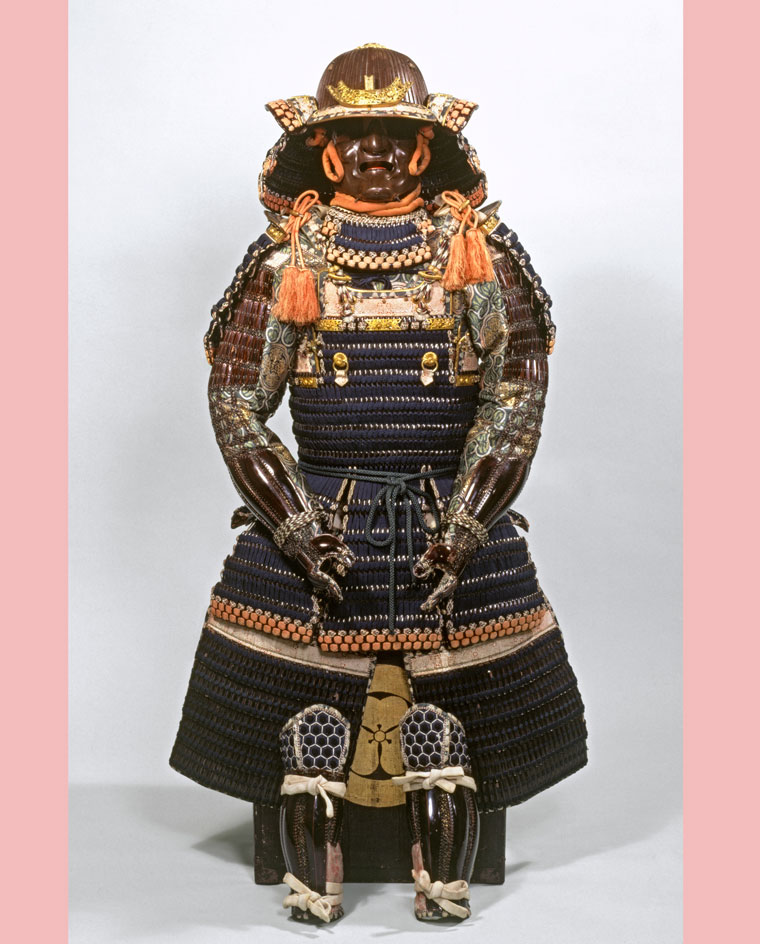
In the gallery, you can find treasures and artefacts that pay respect to British 19th century orientalism, and the ethos of ’Japonisme’ that aided the gallery’s original opening. Pictured: suit of armour in Haramaki style, Japan, 19th century.
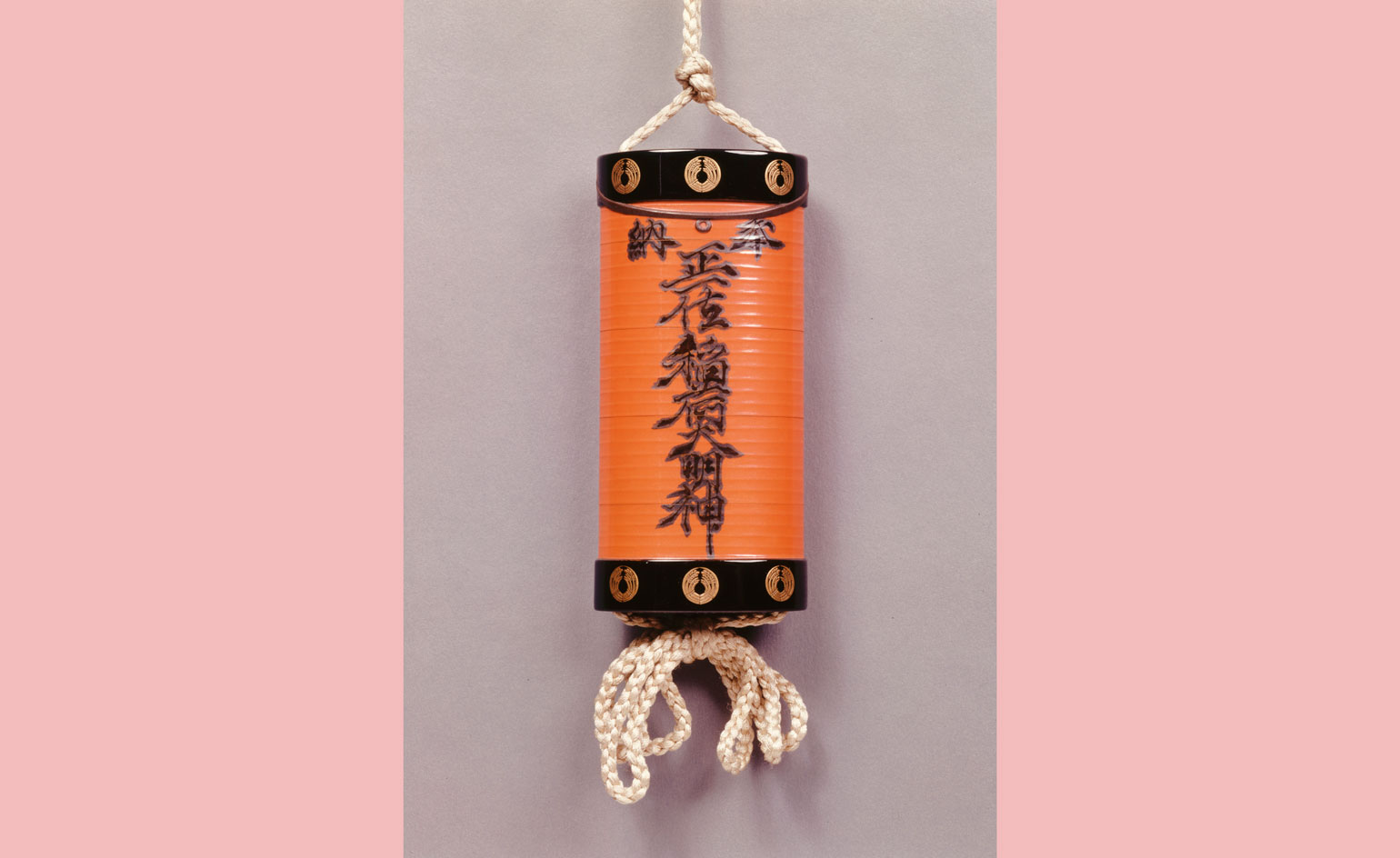
Around 550 of the institution’s 40,000 permanent collection works will be displayed in the Toshiba Gallery. Pictured: Inro, by Shibata Zeshin, Japan, 1865.
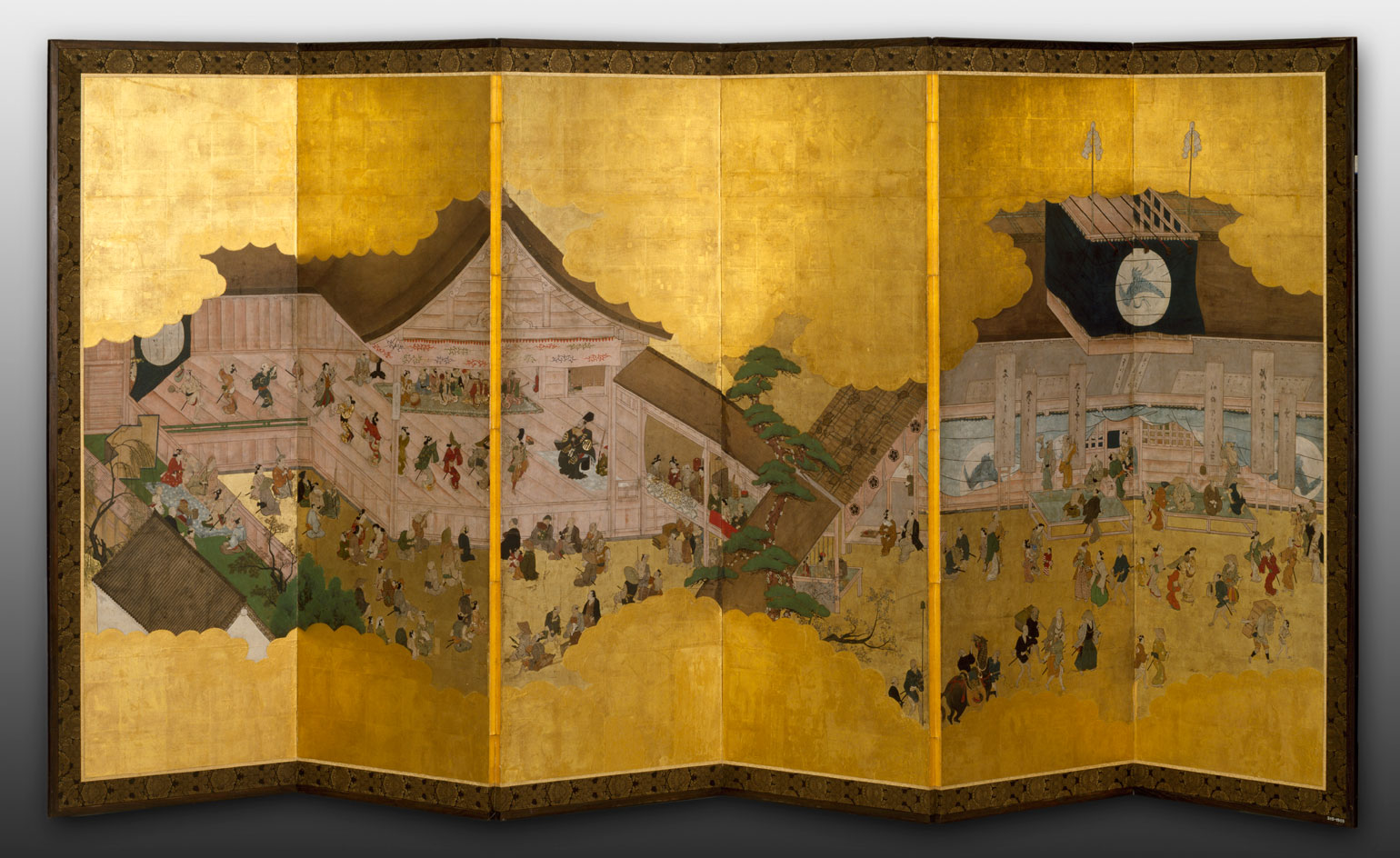
The Nakamura-za was one of the three main kabuki (which can be translated as ’avant-garde’ or ’bizarre’) theatres in Japan, where this traditional, theatrical form of dance was performed. Pictured: screen depicting the Nakamura-za Kabuki Theatre, Japan, late 1680s.
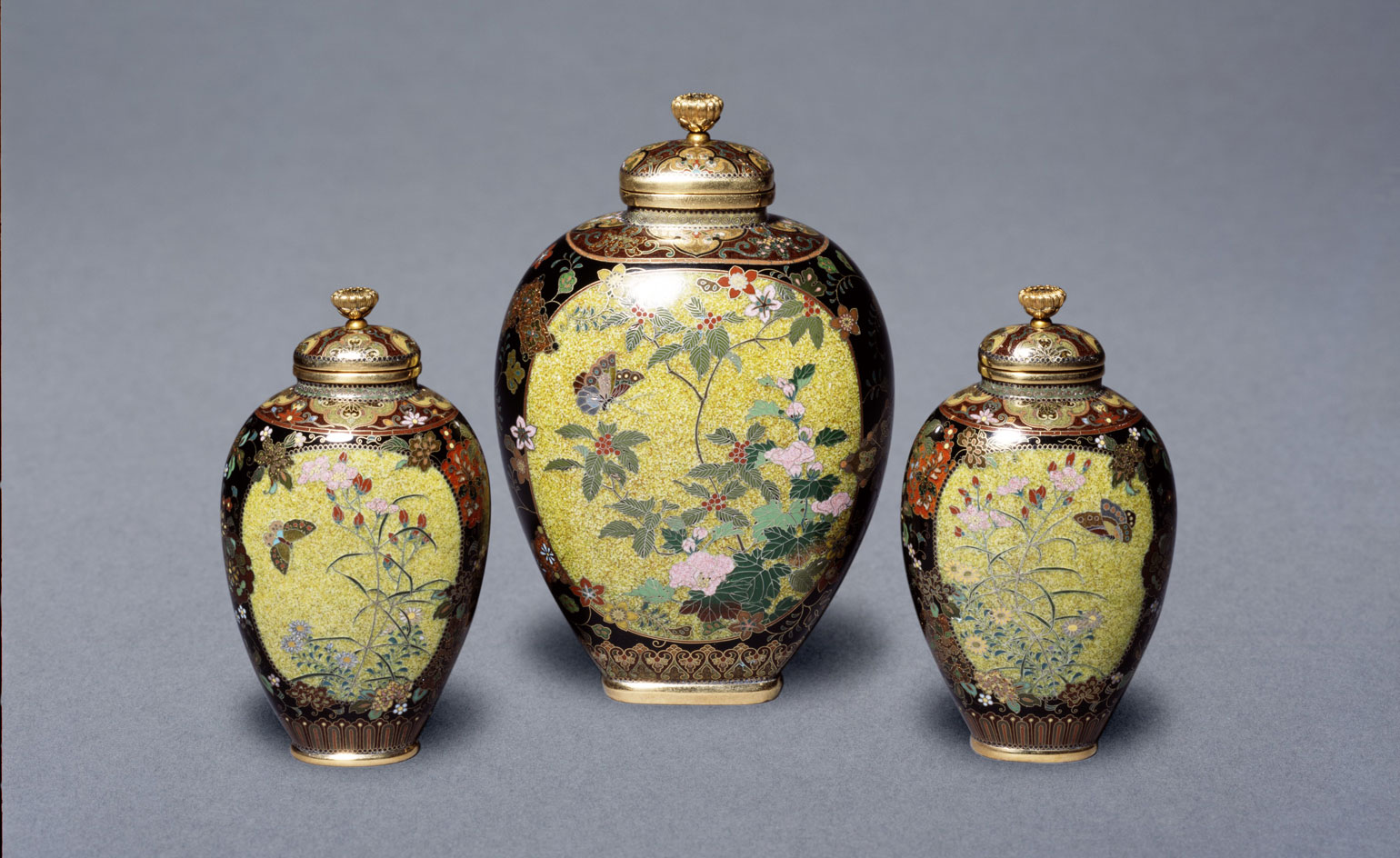
In traditional cloisonné, wires are attached to a metal body and coloured enamels are applied between them, creating intricate images. The master cloisonné artist Namikawa Yasuyuki (1845–1927) founded a hugely successful workshop in Kyoto and became a key exporter of this style of vase. Pictured: cloisonné enamel vases by Namikawa Yasuyuki, Kyoto, Japan c.1880–90.
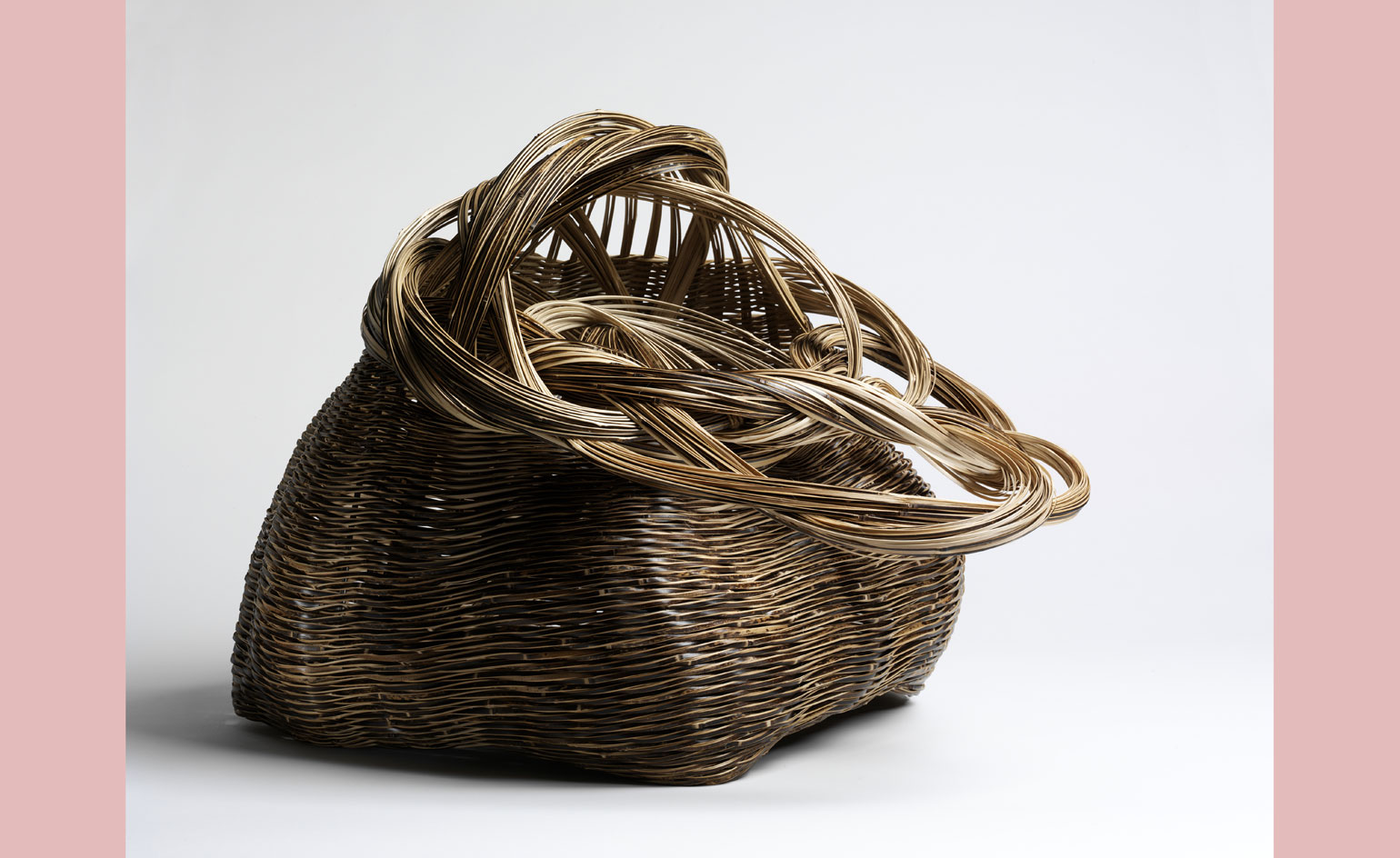
Tanabe Shochiku comes from a long line of successful bamboo artists and has exhibited work in the most prestigious galleries in Japan – it’s only fitting his beautiful work is included here. Pictured: AUN II, by Tanabe Shochiku, Japan, 2014.
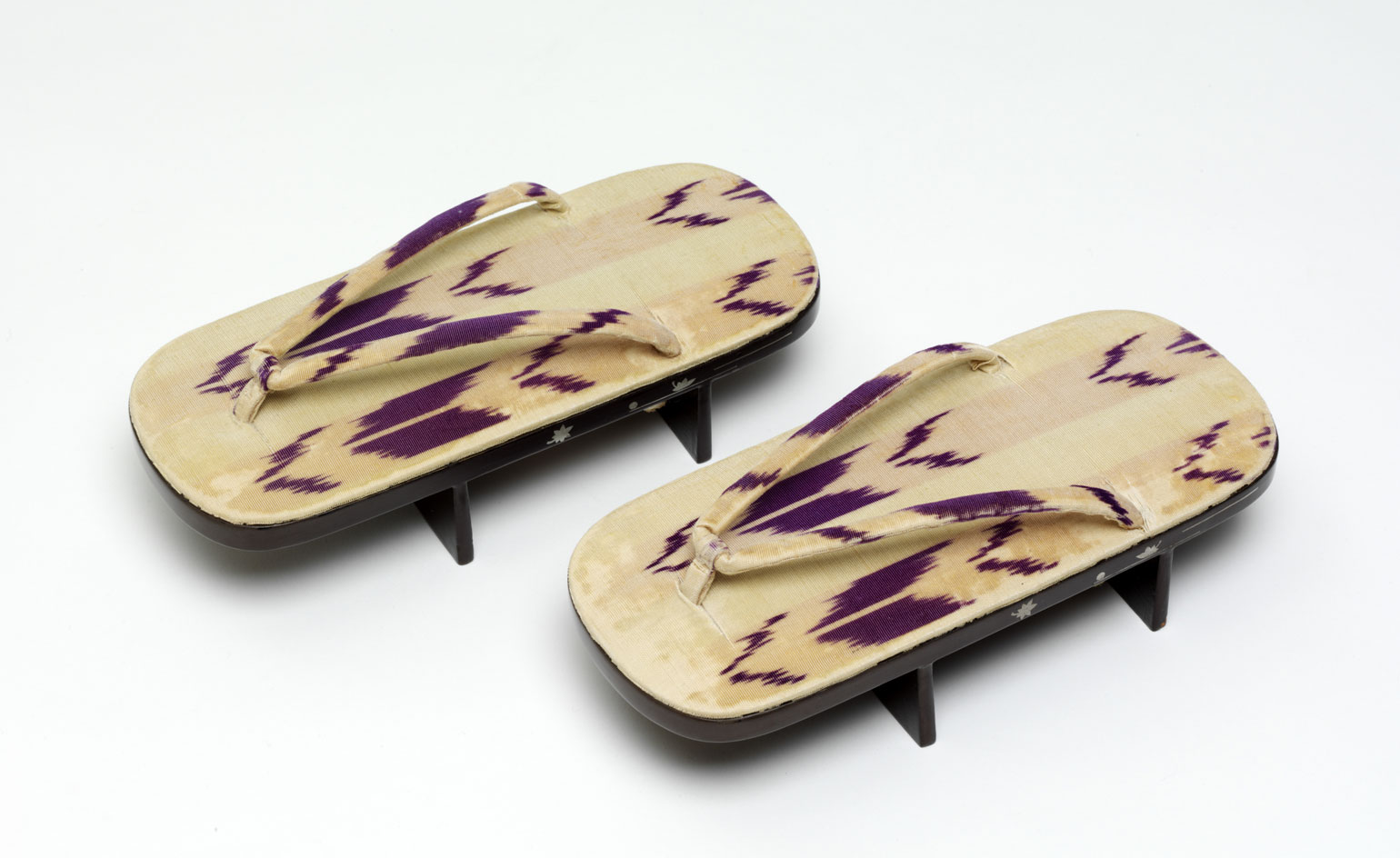
These traditional form of Japanese sandals – known as geta – are designed for comfort, with an elevated wooden base and fabric thong. Pictured: a pair of geta sandals, 1930–40.
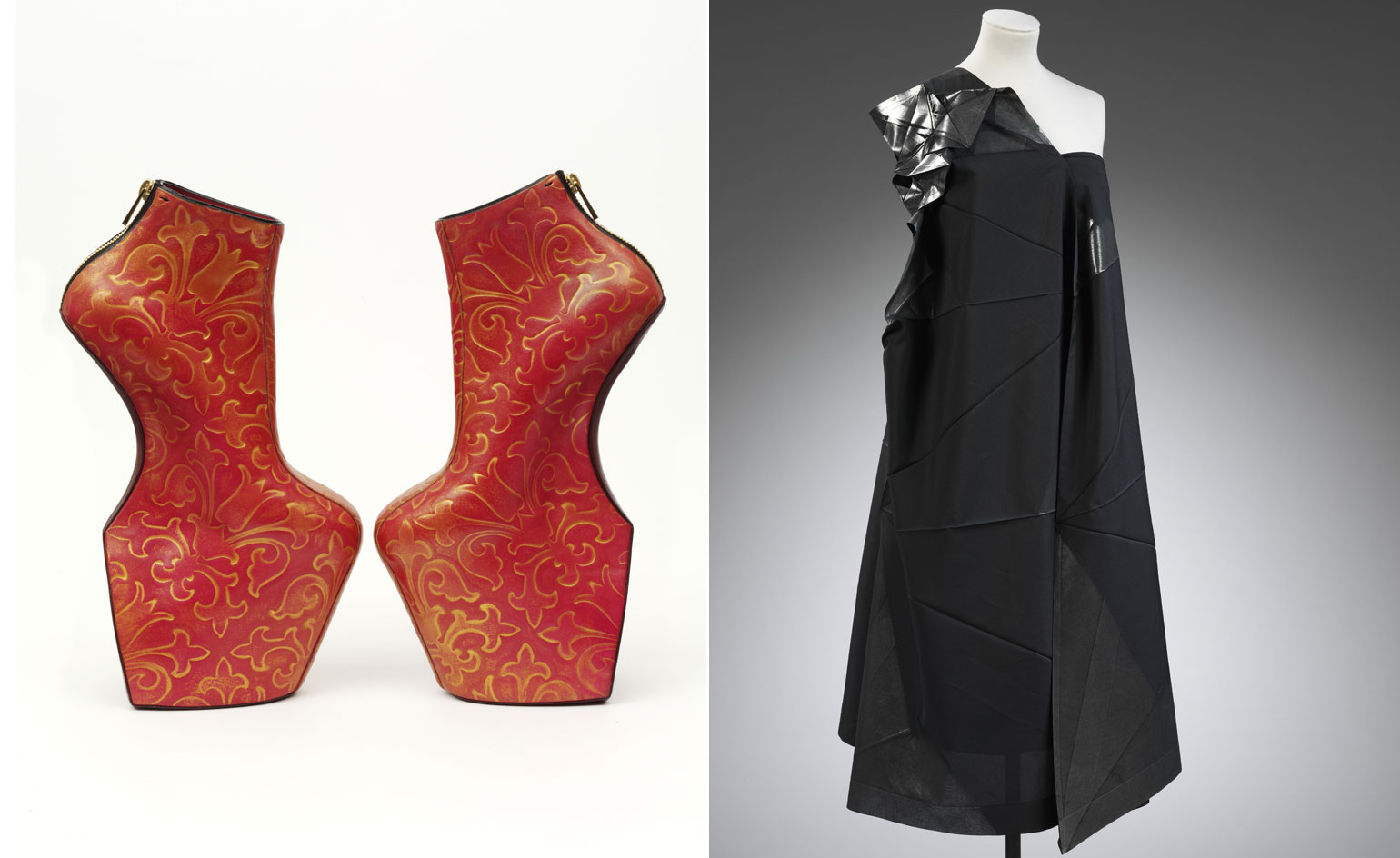
Pictured left: heelless shoes by Noritaka Tatehana. 2014. Right: dress from ‘132 5’ collection by Issey Miyake.
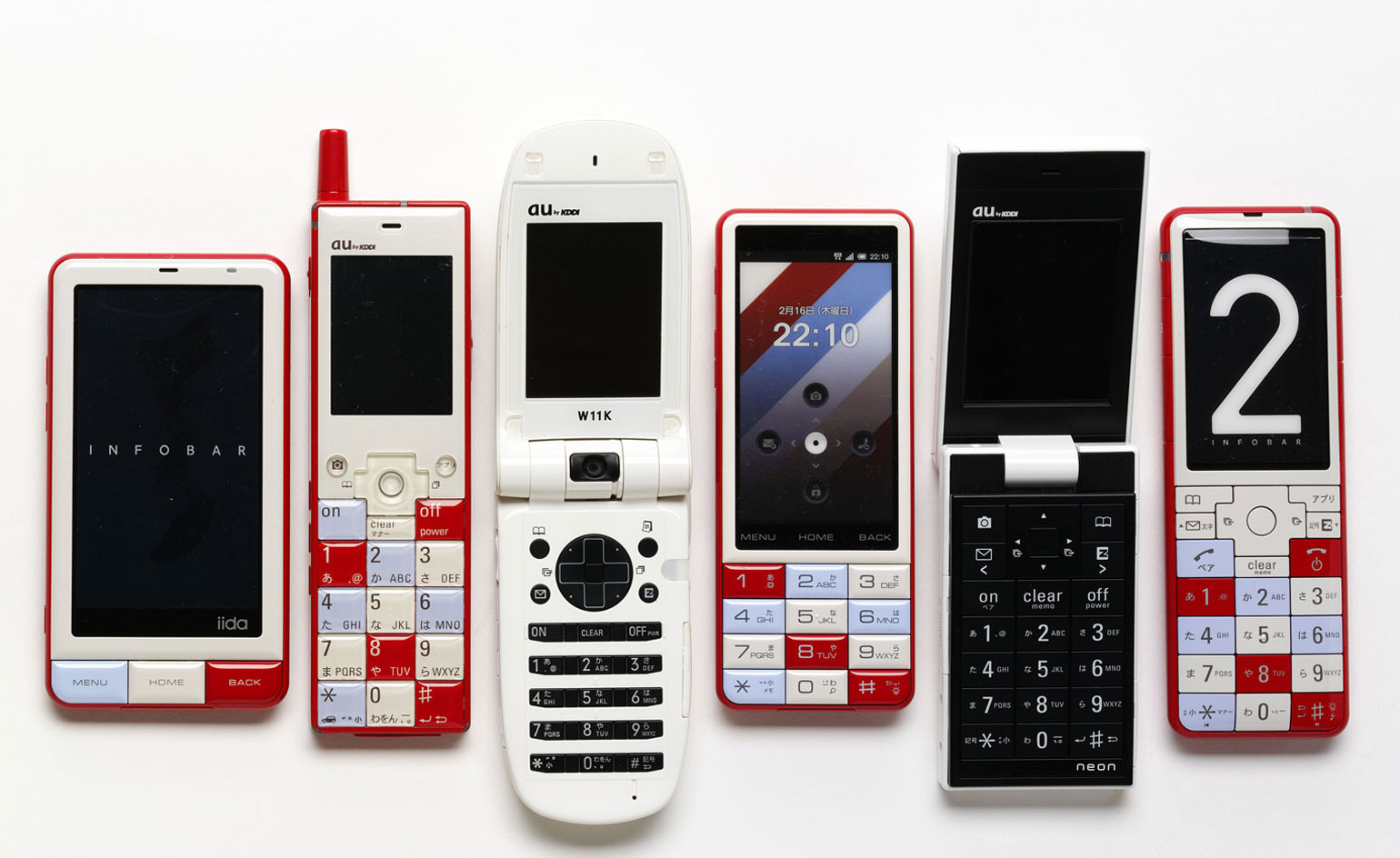
Six mobile phones: au Infobar, au W11K, au Neon, au Infobar 2 shop display model and au Infobar A01 shop display model, by Naoto Fukasawa, 2001–2011. Photography: Naoto Fukasawa.
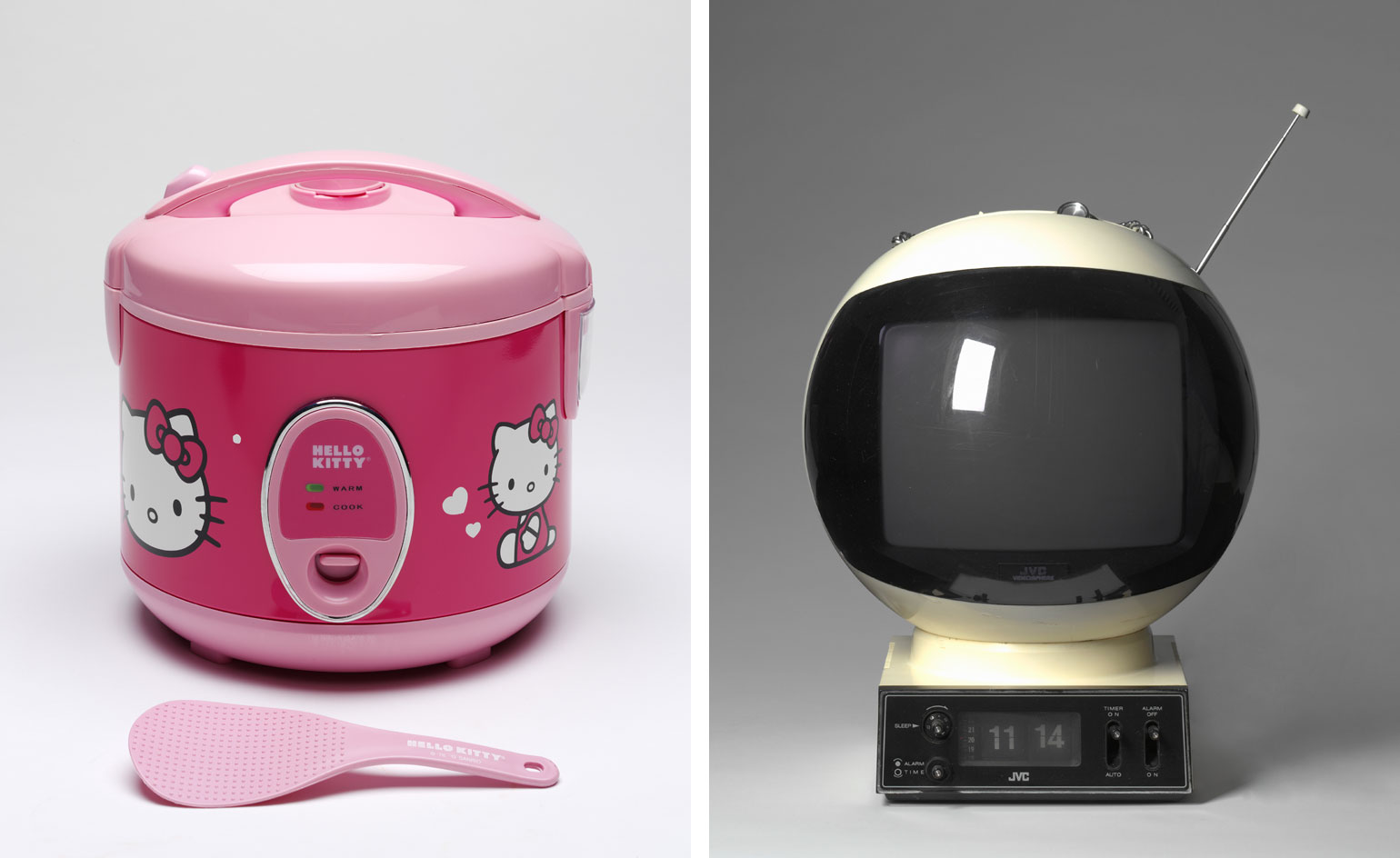
Pictured left: Hello Kitty rice steamer, Sokar International Inc, Japan, 2014. Right: JVC Videosphere, JVC Ltd, Japan, 1974.
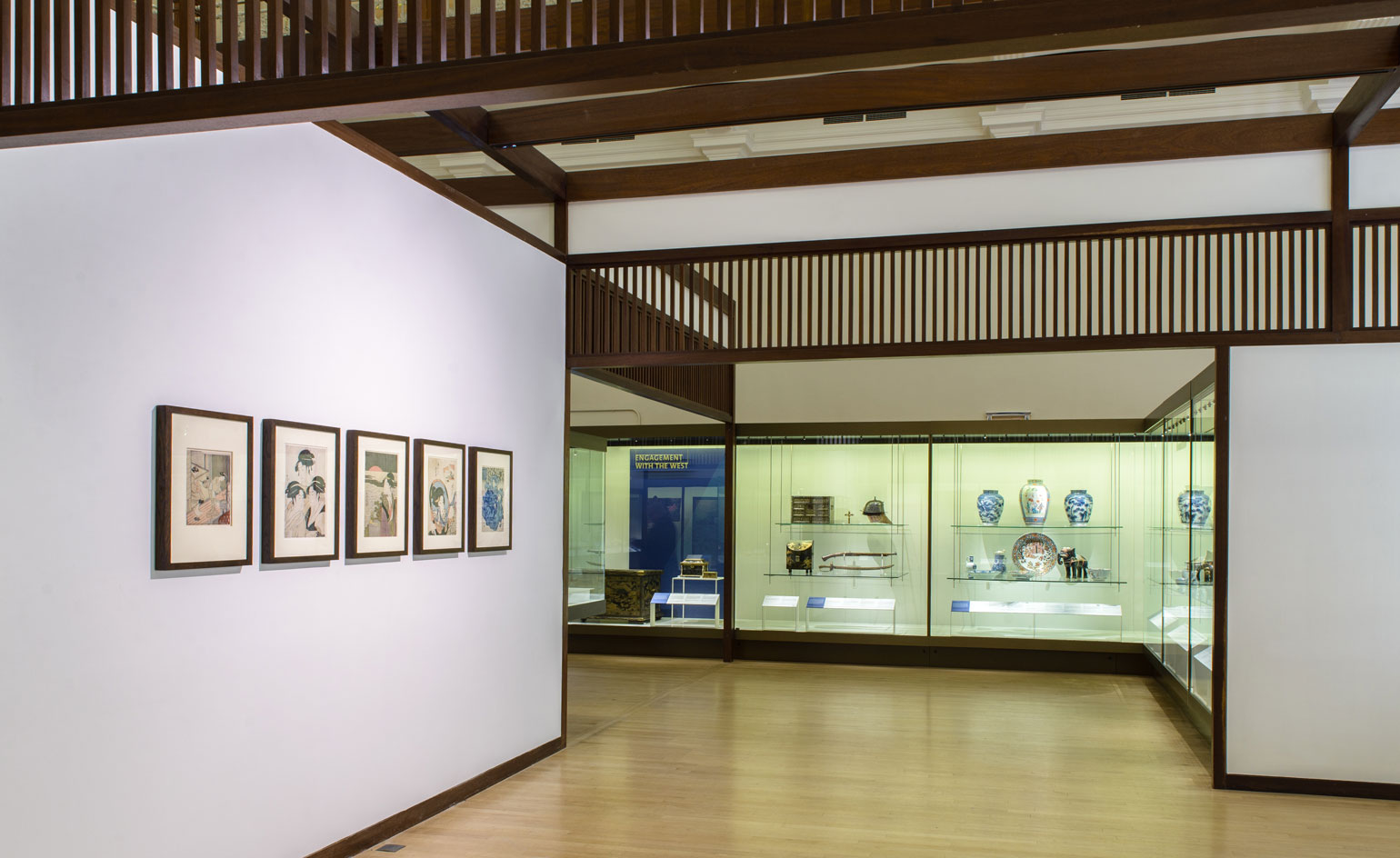
As the gallery makes clear, even as our fascination has waxed and waned, the Japanese capacity for extraordinary craftsmanship, technical innovation and radical design has been a constant
INFORMATION
For more information, visit the V&A's website
Photography courtesy Victoria and Albert Museum
ADDRESS
Victoria and Albert Museum
Cromwell Road
London, SW7 2RL
Wallpaper* Newsletter
Receive our daily digest of inspiration, escapism and design stories from around the world direct to your inbox.
-
 The Subaru Forester is the definition of unpretentious automotive design
The Subaru Forester is the definition of unpretentious automotive designIt’s not exactly king of the crossovers, but the Subaru Forester e-Boxer is reliable, practical and great for keeping a low profile
By Jonathan Bell
-
 Sotheby’s is auctioning a rare Frank Lloyd Wright lamp – and it could fetch $5 million
Sotheby’s is auctioning a rare Frank Lloyd Wright lamp – and it could fetch $5 millionThe architect's ‘Double-Pedestal’ lamp, which was designed for the Dana House in 1903, is hitting the auction block 13 May at Sotheby's.
By Anna Solomon
-
 Naoto Fukasawa sparks children’s imaginations with play sculptures
Naoto Fukasawa sparks children’s imaginations with play sculpturesThe Japanese designer creates an intuitive series of bold play sculptures, designed to spark children’s desire to play without thinking
By Danielle Demetriou
-
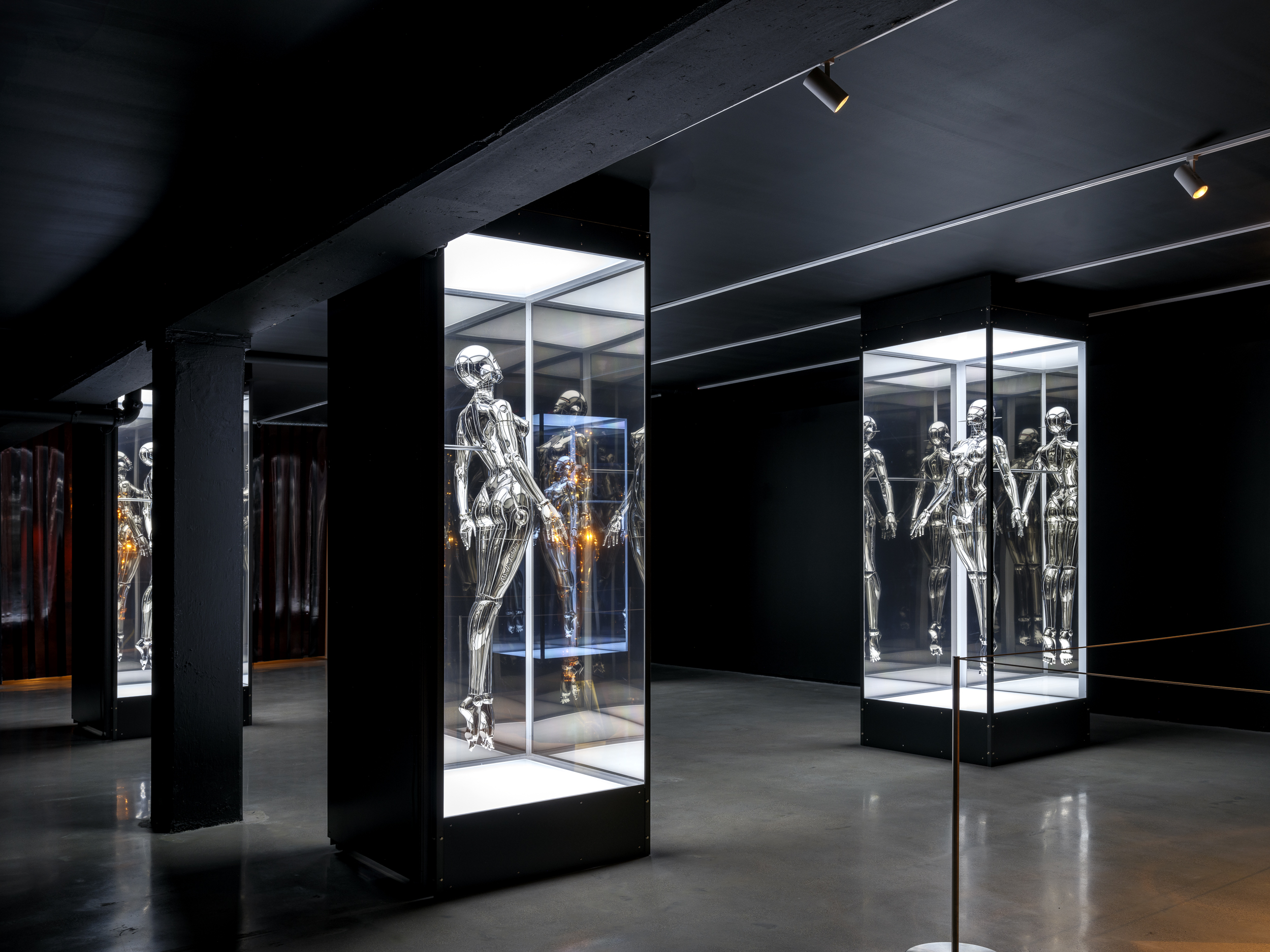 Miami’s new Museum of Sex is a beacon of open discourse
Miami’s new Museum of Sex is a beacon of open discourseThe Miami outpost of the cult New York destination opened last year, and continues its legacy of presenting and celebrating human sexuality
By Anna Solomon
-
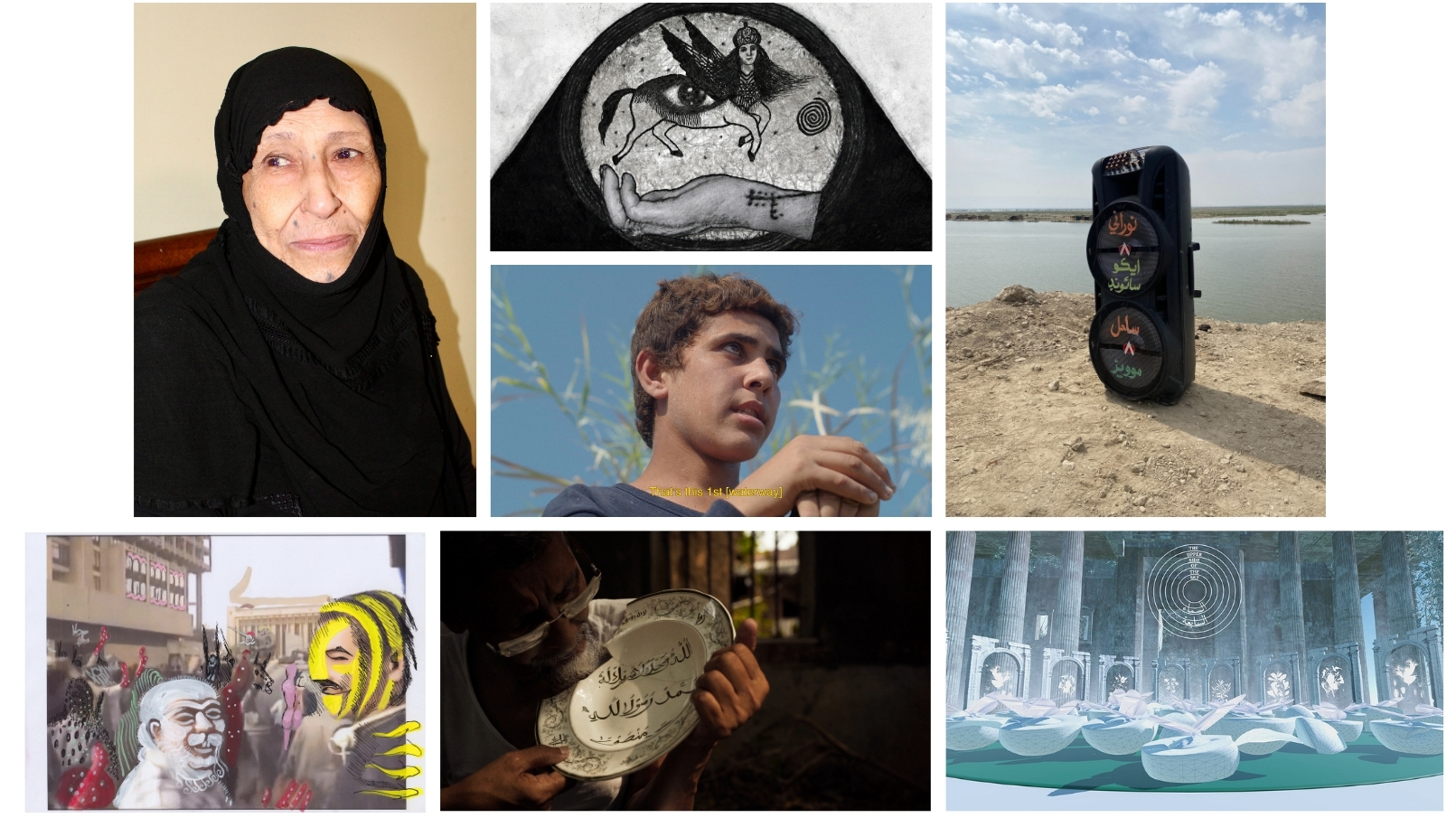 Preview the Jameel Prize exhibition, coming to London's V&A, with a focus on moving image and digital media
Preview the Jameel Prize exhibition, coming to London's V&A, with a focus on moving image and digital mediaThe winner of the V&A and Art Jameel’s seventh international award for contemporary art and design inspired by Islamic tradition will be showcased alongside shortlisted artists
By Smilian Cibic
-
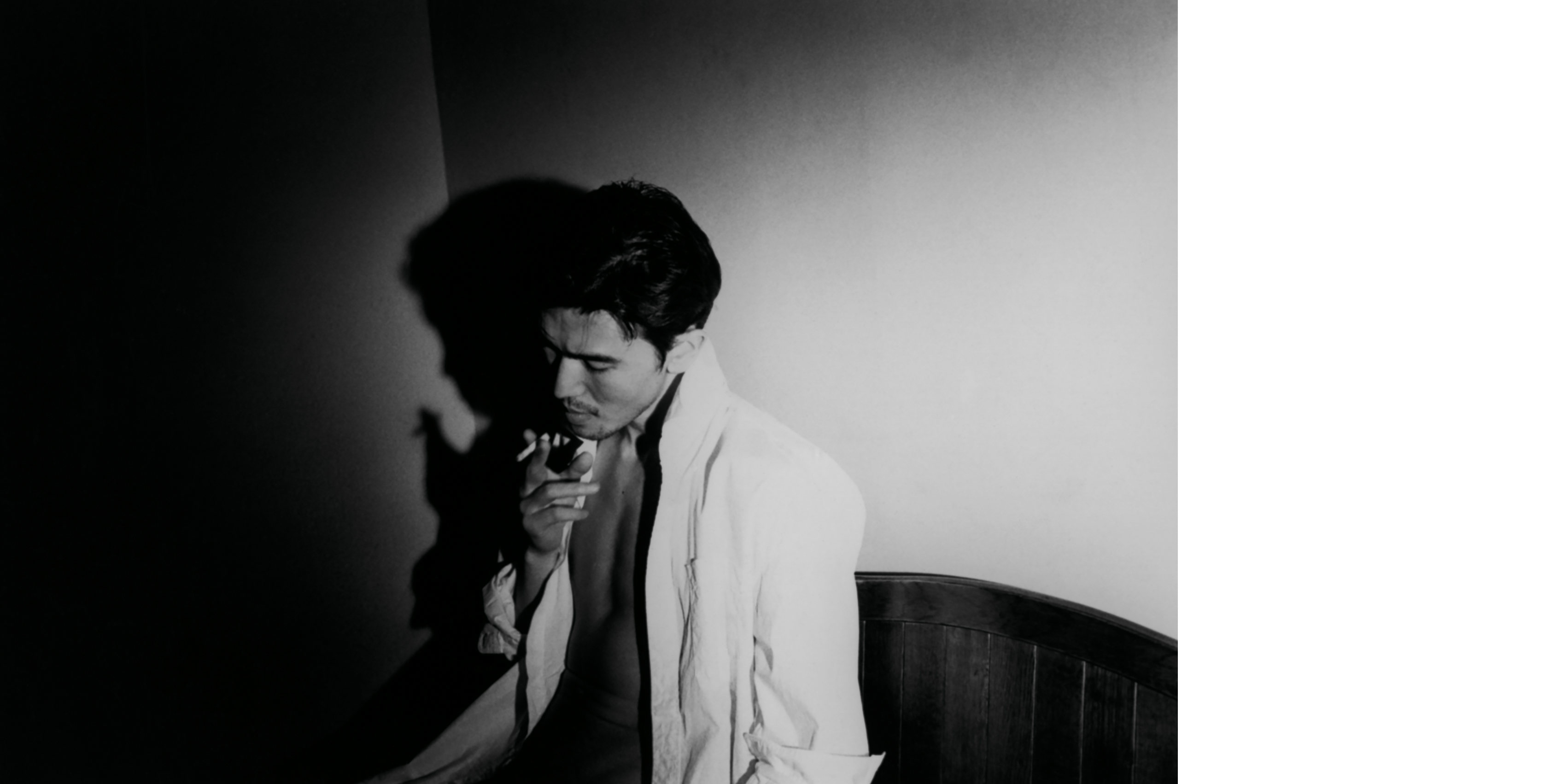 'I’m So Happy You Are Here': discover the work of Japanese women photographers
'I’m So Happy You Are Here': discover the work of Japanese women photographersSubtitled ‘Japanese Women Photographers from the 1950s to Now’, this new monograph from Aperture is a fascinating insight into a critically overlooked body of work
By Jonathan Bell
-
 Deathmatch wrestling’s behind-the-scenes moments and bloody glory
Deathmatch wrestling’s behind-the-scenes moments and bloody gloryA new limited-edition book explores the intersection between art and deathmatch wrestling at a sold-out show held in Tokyo
By Anne Soward
-
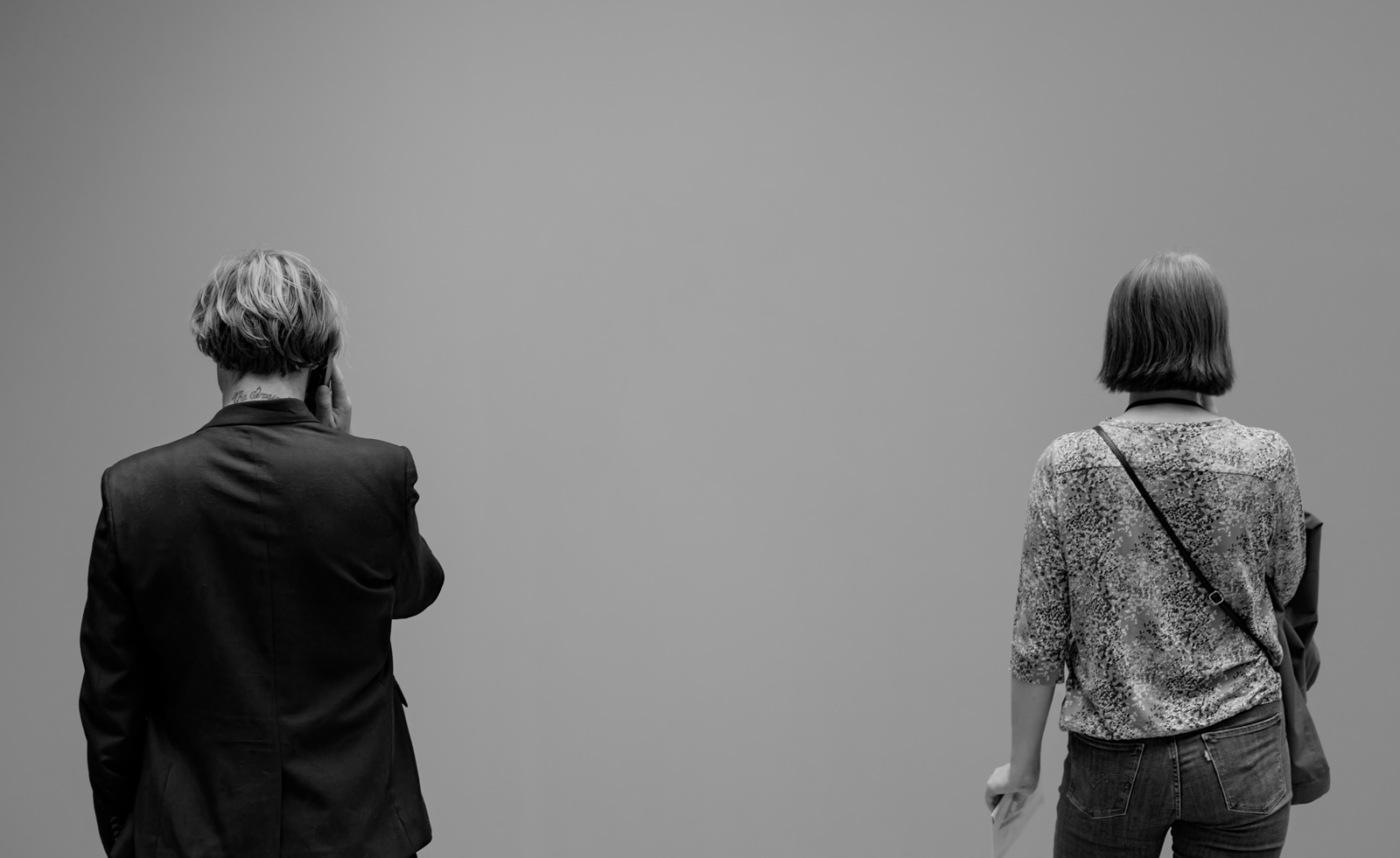 Looking at people looking at art: inside the mind of a gallery attendant
Looking at people looking at art: inside the mind of a gallery attendantVisitor experience workers at London’s Tate Modern, Serpentine, Barbican and V&A share what it’s like to watch people looking at art during a time of changing attention spans and rising vandalism
By Kyle MacNeill
-
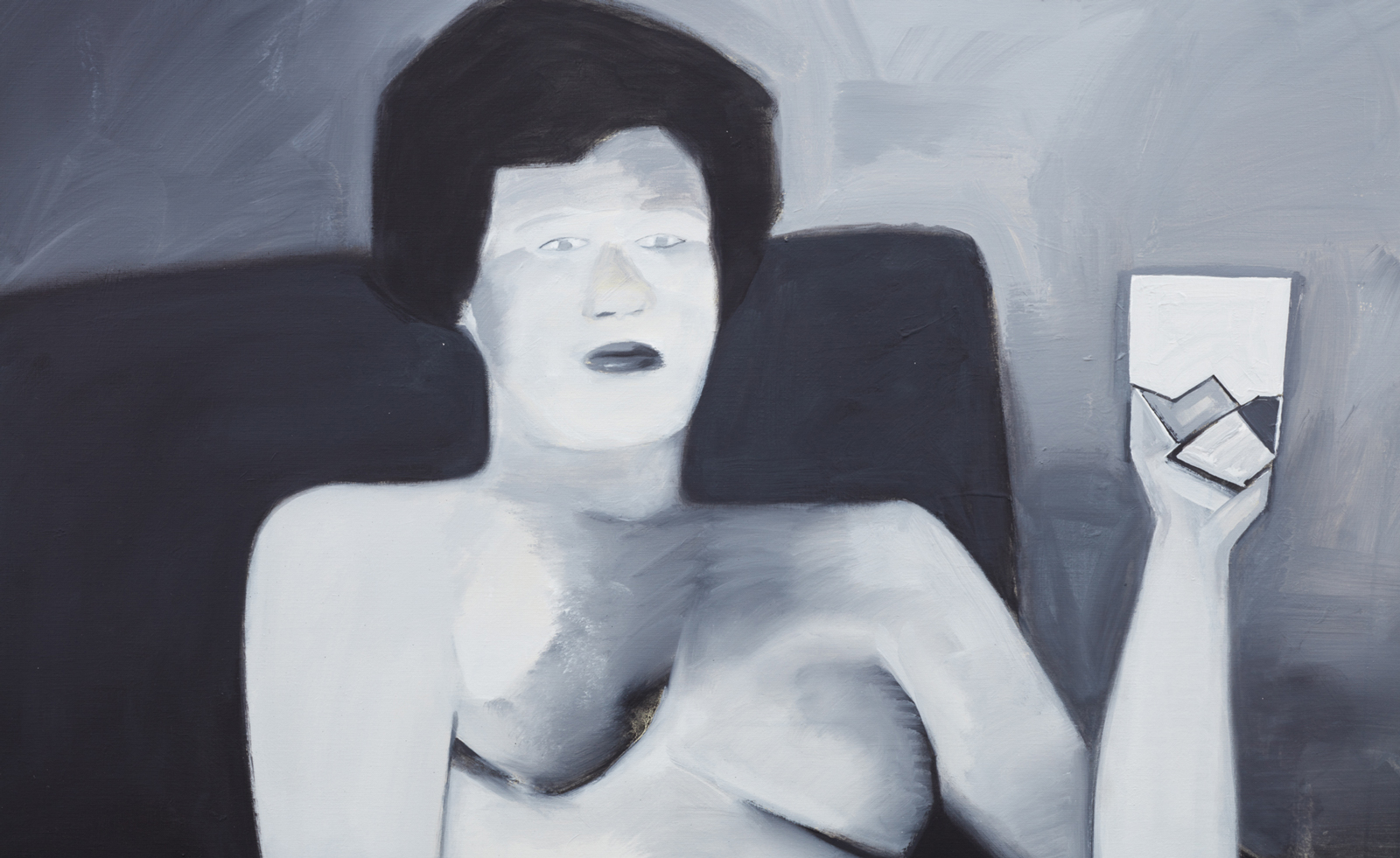 BLUM marks 30 years of Japanese contemporary art in America
BLUM marks 30 years of Japanese contemporary art in AmericaBLUM will take ‘Thirty Years: Written with a Splash of Blood’ to its New York space in September 2024, continuing its celebration of Japanese contemporary art in America
By Timothy Anscombe-Bell
-
 Olafur Eliasson inaugurates Azabudai Hills Gallery in Tokyo
Olafur Eliasson inaugurates Azabudai Hills Gallery in TokyoOlafur Eliasson marks launch of Azabudai Hills Gallery, in Tokyo’s major new district, with a show of elemental strength
By Danielle Demetriou
-
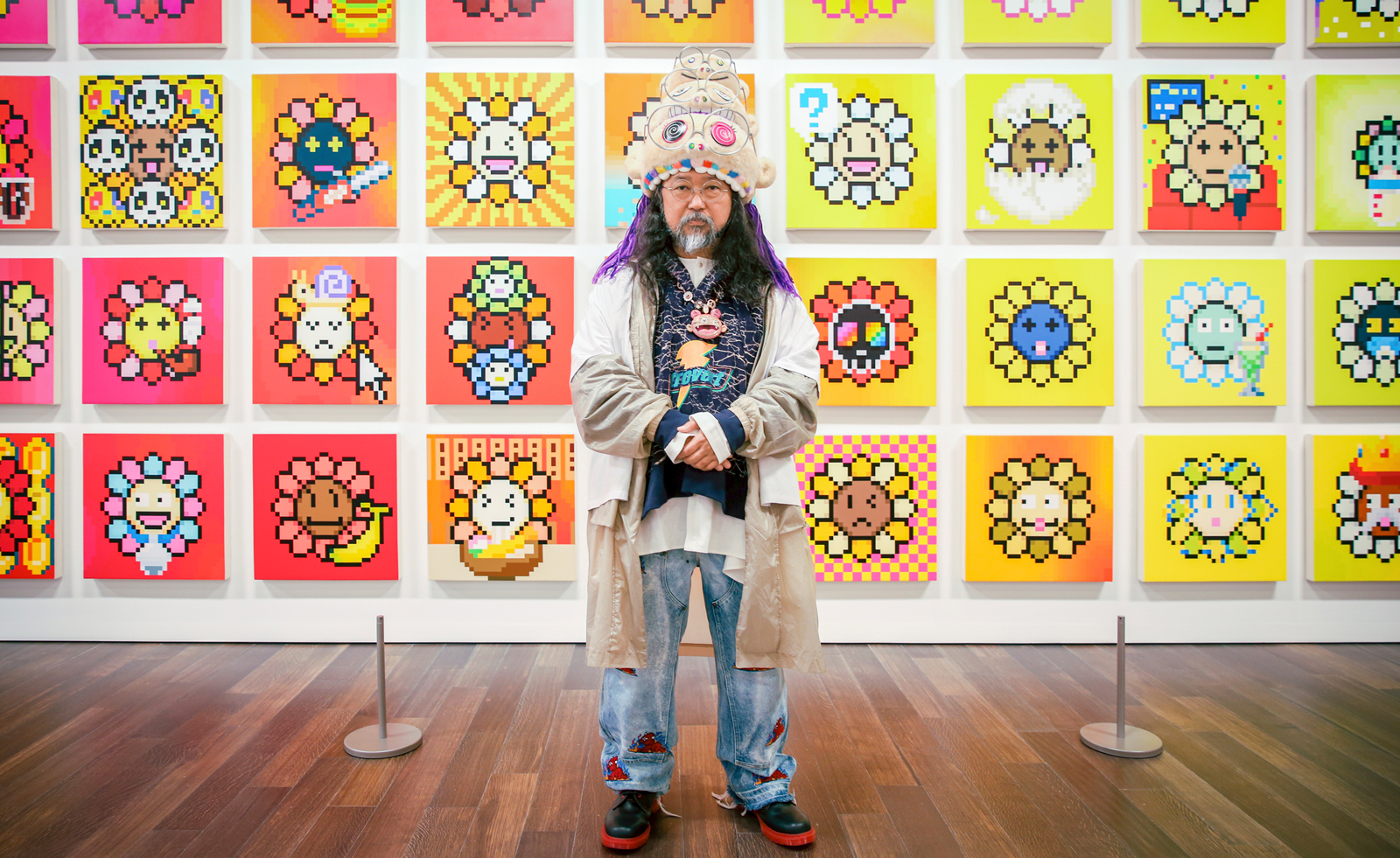 Takashi Murakami on his monsterizing San Francisco show
Takashi Murakami on his monsterizing San Francisco showTakashi Murakami tells us of pandemic-inspired creatures, eye-popping flowers, and NFTs as he explains the making of his exhibition at Asian Art Museum in San Francisco
By Pei-Ru Keh